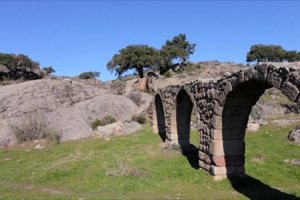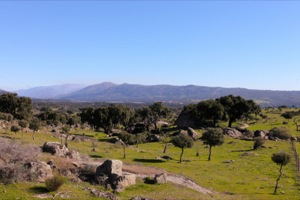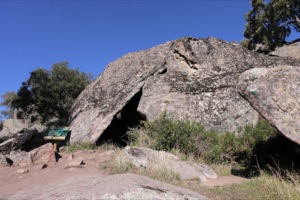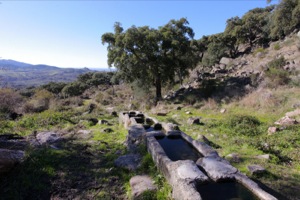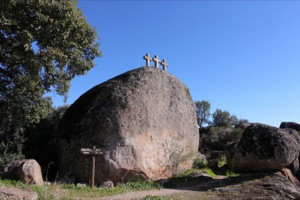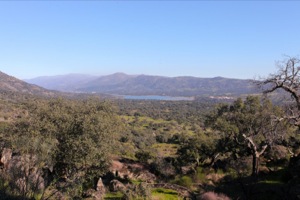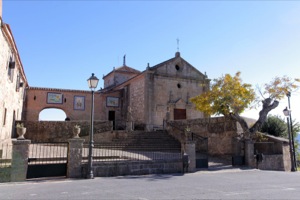Nature areas
Monte Valcorchero
With its impressive cork oaks and unique granite outcrops, Valcorchero is a special place
- Explore
- Monte Valcorchero
Travelling the Valley of Cork
Location and Contact:
- Contact person: El Puerto chapel
- Tel.:+34 927 411 685
- Opening times
Valcorchero is a natural setting open to the public year round.
The Puerto chapel is open during mass.
Daily: 5:30pm
Sundays: 12-5:30pm
-
With its impressive cork oaks and unique granite outcrops, Valcorchero is a special place
In the foothills of the Sierra del Gordo mountains in Plasencia province, Monte Valcorchero has been declared a protected landscape in Extremadura. These 1,184 hectares of cork oaks give the valley its name (Corcho = cork), with its jagged broken landscape that has been used for both pastoral and forestry use over time giving Monte Valcorchero priceless aesthetic value.
A route has been marked out to help you get the most out of this beautiful setting. Starting from the Virgen del Puerto Hospital, cross the picnic area and head to the right past the remains of the 16th century aqueduct, passing the La Guijosa drinking fountain. Continue along the path parallel to the road starting at the "boarding point" and head into beautiful areas of pastureland with stunning cork oaks and herds of grazing cattle until you reach the Nuestra Señora Virgen del Puerto chapel. Built in 1720 and most recently restored in 1940, the chapel has a polychromatic 15th century wooden statue of the Virgin suckling the Child, of unknown origins.
Take a break here to enjoy the views. This is a wonderful spot for photography, with panoramic views over the city and its valley, and also for birdwatching. Now set off again along the old Roman road to Villar de Plasencia until you reach the Cañito drinking fountain, then take the path back to the chapel and return via the Umbría de Valcorchero to the starting point.
If you happen to be here in the first Sunday after Easter Week, you can enjoy the locals' celebration of Puerto day, a procession to the Puerto chapel which ends with a day of activities at the chapel.
Another interesting time to visit the Valcorchero is Calbotes day, a fiesta held on 1 November involving going up Valcorchero to roast and eat "calbotes", roast chestnuts.
-
Type:
- Natural Landscape
- City Ppark
Accessibility:
- Disabled access
- Admits guide dogs
- Access ramps
Services:
- Parking
- Restroom
- Fountains for Public Use
- picnic areas
- Interpretive panels
Gallery:
More suggestions
-
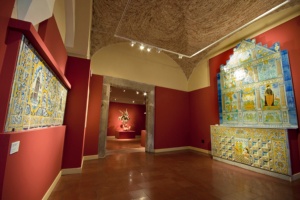
Plasencia Cathedral Museum
The quiet cloister of the cathedral houses some of the most important works in this museum
-
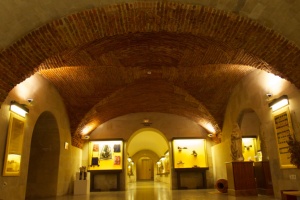
Pérez Enciso Ethnographic Textile Museum
This was the first monographic museum dedicated to the popular culture of Cáceres
-
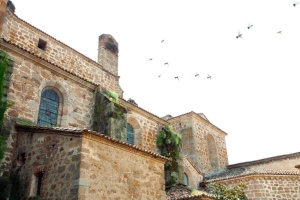
Plasencia and El Cachón Lesser Kestrel Colonies SPA
Kestrels come here above all in winter, during breeding season.
-
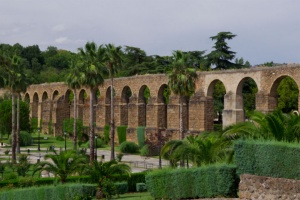
Plasencia — where culture and nature go hand in hand
The historical heritage of Plasencia holds its own in terms of the cultural interest of the other towns and cities of Extremadura, but with the added attraction of its parks.
-
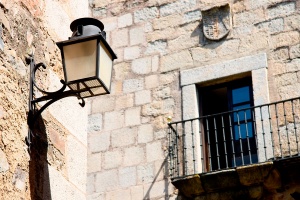
Malpartida de Plasencia
-
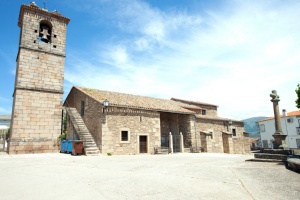
Oliva de Plasencia
This municipality lies in the north of Cáceres province, within the community of municipalities known as Trasierra-Tierras de Granadilla and bordered by the districts of Las Hurdes, Sierra de Gata and Valle de Ambro
-

Villar de Plasencia
-
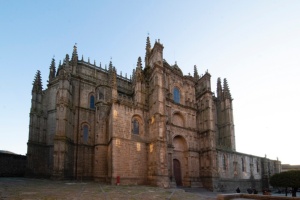
Plasencia Cathedral
Plasencia Cathedral is one of the city's most popular architectural landmarks and is actually made up of two cathedrals: the old cathedral and the new cathedral.
-
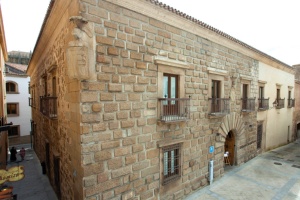
Hotel Palacio Carvajal Girón
Spend the night of your dreams in this 16th century Renaissance palace converted into a hotel. Discover its sombre and elegant architecture together with interiors of another era.
-
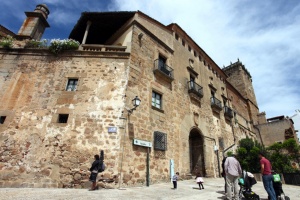
Mirabel Palace
Mirabel Palace, in Plasencia, is one of the most important buildings in the city.

